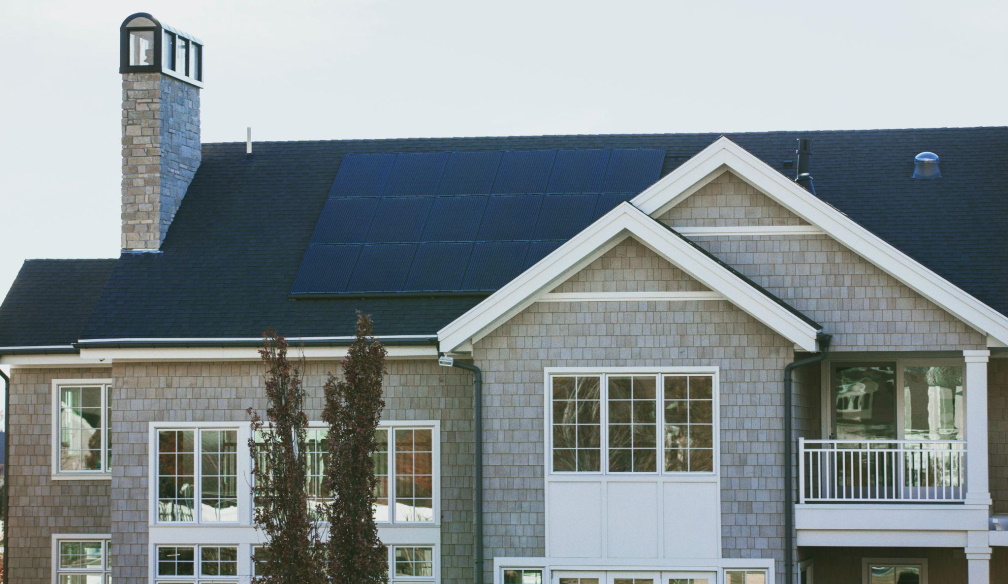How To Protect Your Solar Inverter

An inverter is one of the most important components in a solar power system. This converts the direct current (DC) electricity produced by the solar panels into alternating current (AC), which can be used to power your home or business.
Inverters are susceptible to damage from extreme weather conditions, power surges and voltage spikes. That's why it's important to protect your inverter and ensure that it continues to operate effectively for many years to come.
Here are a few tips on how to do just that:
Protective Covering
You can safeguard your solar inverter with the use of protective coverings. It’s beneficial for any weather conditions. These weather conditions, like hail, can damage the glass and cover of the inverter. Thus, having a protective covering can help protect the item from these harmful objects.
You should know that keeping your inverter in direct sunlight isn't advisable. It can cause your inverter to overheat frequently, which can be a reason for the shortening of its lifespan. It can also cause the inverter not to do its job in optimal conditions.
If you want to purchase a cover locally, you can opt to purchase sunny covers for solar inverters covers. It’s Australian-made, so you can help local businesses if you live in the country. In addition, Sunny Covers offers shipping not only in Australia but also in Norway and the United States.
Separate the Inverter
Another way you can protect your solar inverter is by separating it from other equipment. You can do this by running a separate metal enclosure. It allows you to continually have your solar panels on one side of the roof while allowing you the chance to place the inverter in a safe place.
Ideally, somewhere where it’s protected from lightning potentials and the heat from the blazing sun.
Ground Your Inverter
The metal cabinet of your solar inverter should be adequately grounded and bonded with the house’s or building’s roof, wherever it’s installed. When grounding your inverter, ensure it follows the local electrical codes. It typically means you should use a separate ground rod for every eight feet of the inverter’s height.
Ensure that the grounded wire is attached to the ground rod and back into your house or building, connected to a visible metal part. This metal part is typically an appliance outlet box cover. Again, hiring a professional service is best to ensure there aren’t any future problems.
Use Surge Protectors
As mentioned above, lightning is another concern for inverter owners, and using a surge protector for your solar inverter can help protect it from lightning. In addition, it can help prevent spikes and surges that can kill and damage sensitive equipment in your solar inverters, such as capacitors, microchips, transformers, and modules. It's recommended that you should connect these protective devices between the power source and the inverter.
Depending on how you want to use them, surge protectors have two types, AC and DC. When looking for a good surge protector, you want to ensure that they have a metal oxide varistor or MOV for short. It’s an electrical component acting as the voltage-dependent resistor that operates at normal voltages. However, it becomes low-resistance when the voltage exceeds a certain voltage point or level.
The resistance of the MOV declines when there’s an increase in voltage. It protects against overvoltage mishaps, such as lightning, power surges, and line surges. These events can occur from other sources such as electric motors or AC generators.
If you plan on using surge protectors for your solar inverters, ensure that you replace them every five years. Due to how effective it is, they tend to wear out over time. Therefore, it’s recommended that you change it out for a new one every five years. So ensure that you note down when you first bought the surge protector.
Hire a Professional
It’s recommended that you call an expert technician to check your solar inverter and solar panels once or twice a year. It’s a good practice to protect your inverter at home to ensure it’s safe during monsoon season and other harsh weather conditions.
Hiring a professional can help inspect your solar inverter to see if it’s appropriately mounted and if its performance is still in top shape and perform other regular maintenance checks. It’s hard for a non-professional to check these things by themselves, especially when there are internal issues. It’s practical to hire a professional instead of doing it yourself.
Final Thoughts
Protecting your solar inverter with just one item off this list isn’t enough to fully protect it from harmful objects and mishaps outside. If you can purchase everything off this list and have the time and money to do them, you should apply everything in the list for optimal protection of your solar inverter. It’s better to ensure your items' safety since these are crucial to a home or building.








